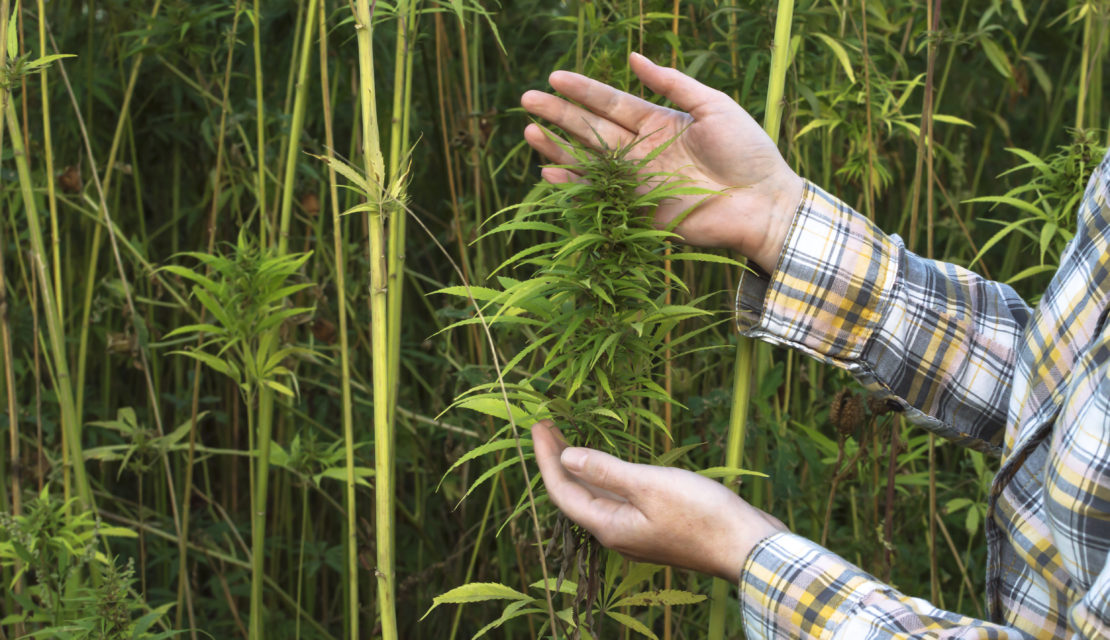Banks No Longer Required To File Suspicious Activity Reports For Hemp Growers

On December 3rd, the American Banking Association (ABA) released a statement addressing regulatory changes for the cannabis industry, specifically regarding customers who produce hemp.
In a small victory for the cannabis industry, regulators announced last December that banks are no longer required to submit Suspicious Activity Reports (SARs) for hemp growers operating under an approved federal, state, or tribal plan.
In the statement released, the ABA applauded federal banking regulators for providing guidance and greater clarity regarding hemp, something they had been after for a long time.
“We appreciate the steps regulators have taken today to clarify regulatory expectations for banks, and we look forward to working with them as they develop additional guidance” said Robert Nichols, President and CEO of the ABA.
Banks are required to submit Suspicious Activity Reports to alert authorities of possible illegal activities or transactions like money-laundering. Previously, there had been a lot of controversy around financial institutions due to conflicting state and federal laws regarding hemp and cannabis. Banks had encouraged regulators to provide clarity in order to remain compliant with rules and regulations while being able to seamlessly serve customers who produce hemp .
What is Hemp?
In 2018, a farm bill known as the Hemp Farming Act was signed into law removing hemp from a list of Schedule I controlled substances and handed regulations over to the U.S Department of Agriculture (USDA). The bill also made hemp growers eligible for certain grants and crop insurance.
Hemp is derived from the cannabis plant, but contains less than 0.3% THC and no psychoactive effects, so it won’t produce a high. It is used to make a wide variety of commercial and industrial products.
Primarily, it can be used for fibers in the production of clothing, paper, rope, and building materials, although it’s also often found in foods and beauty products.







